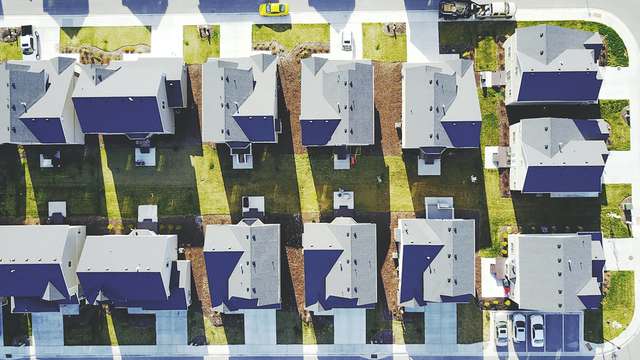A new type of player has entered the real estate development sector over the last year or so – rights of light ambulance chasers. This is having a significant impact on right of light insurance.
These are usually lawyers and right of light surveyors working together, scouring planning decisions, to identify proposed development likely to have a material impact on neighbouring residential properties. Just like their personal injury equivalent, they then approach adjoining owners with the promise of compensation on a “no win no fee” basis.
Once a claim (or more often than not several) has been made against a developer, this will inevitably make right of light insurance more difficult to obtain and more expensive – not just in terms of the insurance premium payable but also the excess applicable. The rise in rights of light claims is generally having an impact on the insurance market driving premiums up.
These claims may equally have a detrimental effect on the value of a development site. Potential buyers may be nervous about acquiring a development site where a number of claims has already been made for fear that more adjoining owners may come forward. Especially if settlement has already been reached with some. Even if they are tied by confidentiality clauses, these are very difficult to enforce in practice.
The “no win no fee” model used by these firms means that they will rarely carry out much due diligence to assess whether the injured party does benefit from rights of light. It is for example not unusual for a claim to be made by the leaseholder of a flat contending to have acquired rights of light by prescription where the lease was granted much less than 20 years ago, without any consideration as to whether rights of light could have passed from the freeholder to the leaseholder. Indeed these firms make their money dealing with volumes of claims, so they are looking for a quick settlement without spending too much time (and costs) on the claim.
On a more positive note, this also means in practice that the risk of injunction, which is the biggest and most expensive for developers, is probably much less where ambulance chasers are involved because of the costs involved in such proceedings. This risk cannot, however, be discounted altogether particularly after the decision in Beaumont Business Centres Ltd v Florala Properties Ltd in 2020 where the High Court held that an adjoining owner was entitled to an injunction even where the development had been completed (albeit this was mostly due to the developer’s “unfair and unneighbourly” conduct).
This new trend makes it all the more crucial for developers to consider rights of light early on, ideally before embarking on the planning process – in other words before those firms get a chance to find out about the proposed development – so that the risk of rights of light claim can be properly mitigated, be it with rights of light insurance, pro-active negotiations or light obstruction notices where appropriate.
If you require any of advice or assistance in relation to rights of light, please do not hesitate to contact a member of the Fladgate Real Estate Team.





























































